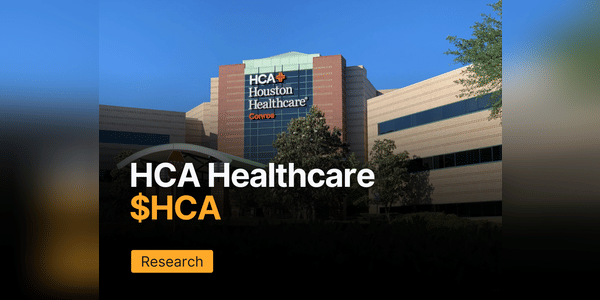This company is engaged in the provision of health care. It was founded in 1968 by Dr. Thomas Frist, his father Dr. Thomas Frist Sr. and Jack C. Massey. The company is now headquartered in Nashville. Although its stock is near an all-time high, it saw a solid decline last week. Let's dive into the company's business and uncover its potential.

The company focuses on a wide range of healthcare services, including acute care, complex surgical and cancer care, obstetrical services and other specialty medical fields. $HCA is known for its emphasis on quality and affordable healthcare, which it provides to millions of patients annually. The company also invests in technological innovation and research, which allows it to continually improve its services and contribute to medical advancements.
HCA Healthcare was one of the first healthcare providers to adopt an electronic health record (EHR). The company has invested heavily in the development and implementation of a state-of-the-art EHR system…